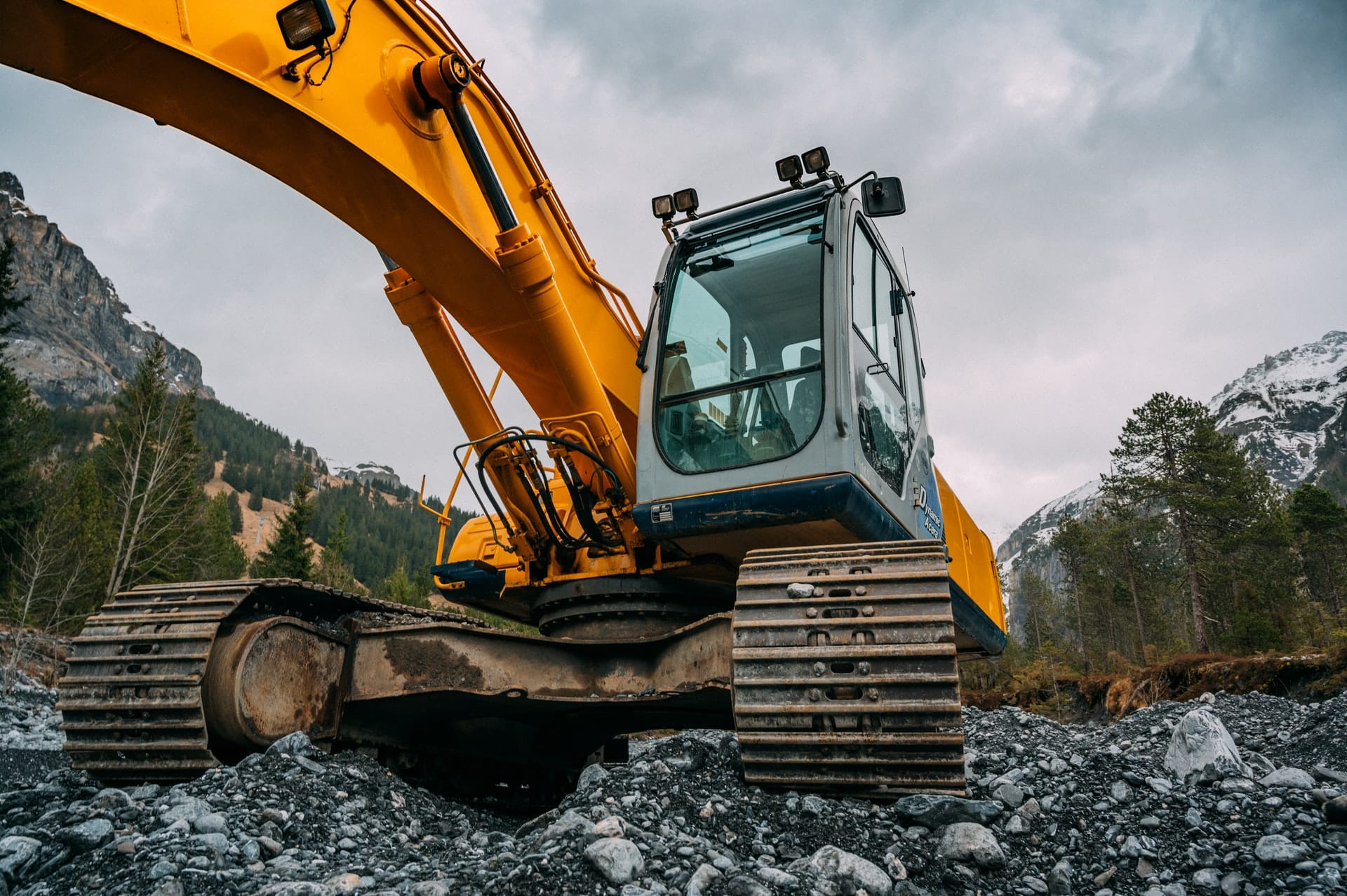Heavy machinery used in construction sites, farms, and other industrial settings, including bulldozers, loaders, and excavators, all have one common vulnerability. They’re only reliable when the hydraulic hoses through which fluids flow are working as expected. Any sudden rapture cases immediate downtime and potential danger to the environment due to fluid spills.
Hydraulic hose assemblies can rupture or leak without warning, especially if you’ve not been doing regular inspections and preventative maintenance on your heavy machinery. When a hydraulic hose fails, you have two options – to either try and replace the hose or opt for the recommended safer and more reliable option – getting a professional to replace the hose.
A qualified expert knows the ins and outs of the hydraulic hose assembly and has the right equipment to do the job right. Here’s what you should know about the replacement process.
IMAGE: UNSPLASH
Important Precautions
It’s normal for equipment managers in construction sites and other heavy machinery yards to keep stocks of hydraulic hoses and a crimper for emergencies when hoses fail. However, having these replacement hoses and essential tools is not enough. As noted on this website: https://www.costex.com/hydraulic-hoses/, attention to detail, and knowledge are critical.
Using the improper replacement technique or tools will most likely cause future problems with the hydraulic systems and machinery. Only those with proper training should attempt to replace hydraulic hoses. If your supplier offers professional training, take advantage of that. Anyone doing the replacement work, assembly, fabrication, or testing should be certified.
Cleanliness Is A Priority
Hydraulic pumps, valves, and actuators have very close tolerances, making cleanliness a top priority when working on a hydraulic hose assembly. The last thing you want is the contamination of the hose replacement. With today’s more sophisticated electronics in hydraulic pumping systems, it only takes very little contamination to cause a system failure.
Contamination can come from various sources, including system erosion due to friction or chemical breakdown, stored hydraulic hoses, and hose-cutting processes. Any fine particles that get into the hydraulic fluid will cause problems. Before replacement work, ensure the hydraulic hose is clean and the workbench free of any contaminants, dirt, or grit.
Replace With New Hydraulic Hoses
How long have you stored replacement hydraulic hoses? It’s advisable to only use new hoses for replacement work. The rubber on hoses dries over time, just like car tires. Old hoses are susceptible to deterioration, cracking, and other forms of wear and tear that could make the hydraulic hose lose its integrity.
You should also check the ratings of the hose to ensure compatibility with the hydraulic fluid temperatures. As hydraulic hoses age, the outer cover also ages with extended exposure to various weather elements. If this cover is damaged, the hose reinforcement, which is designed to withstand the high-pressure flow of fluid, also gets exposed.
Exposure of the hose wire reinforcement causes rust, which creates a weakness that high pressures expose through rupturing or leaks with little warning. Check for stiffening or hardening of the hydraulic hoses and cracking sounds when you bend the hose. Do visual inspections on hoses and check the date of manufacture before using the hydraulic hose for replacement.
Use Professional Tools
When replacing hydraulic hoses, the right tools must be used, including hose cutting tools like saws. The right cutting tool should cut the hose cleanly without leaving any residue or grinding. Proper fitting and assembly are also vital. An appropriate crimping tool that meets the manufacturer’s specifications is critical.
Conclusion
Follow the correct procedures to ensure the proper replacement of hydraulic hoses for your heavy machinery. Ultimately, remember to select the right hose for your replacement needs from the onset. You can either buy OEM replacements or premium aftermarket hoses that last longer. Getting quality replacements maximizes your productive hours on the machine.
If you are interested in even more technology-related articles and information from us here at Bit Rebels, then we have a lot to choose from.


COMMENTS